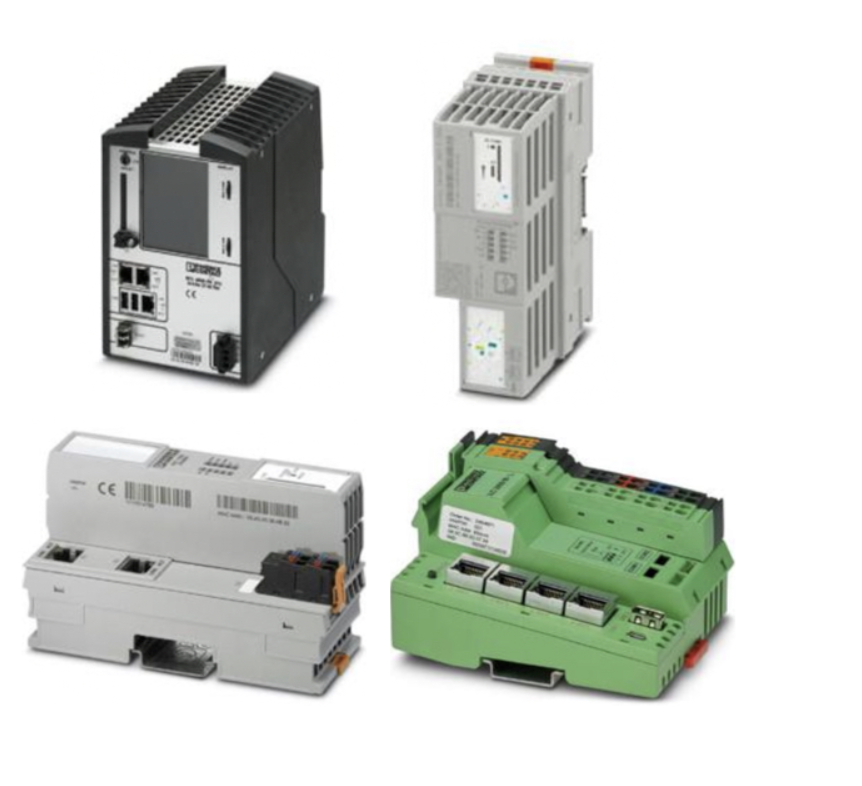Phoenix Contact PLCs

RSP Supply carries a full range of Phoenix Contact PLCs engineered for seamless industrial automation, process control, and machine communication. Built for flexibility and performance, these programmable logic controllers combine real-time data processing with scalable hardware and open integration capabilities to streamline industrial operations.
At the core of every Phoenix Contact PLC is PLCnext Technology, a next-generation platform that enables open communication, cloud integration, and support for multiple programming languages - including IEC 61131, C++, Python, and MATLAB Simulink. This open framework allows developers and engineers to integrate automation and IT systems easily, creating customized, future-proof control solutions.
From compact controllers for small systems to modular PLCs supporting complex, distributed architectures, Phoenix Contact automation solutions offer scalable performance, easy configuration, and unparalleled connectivity.
More Information about Phoenix Contact PLCs
Phoenix Contact PLCs are meant to make industrial automation work better, to be more flexible, and to allow more advanced control technology. Each product has modular engineering software and a purely digital control matrix for premium flexibility, control, and responsiveness. They have what is called "PLCnext Technology." That is now what these systems are based on. They have multiple programming languages that they allow—well, that you can use to program them: IEC 61131, C++, and a few MATLAB languages. This is to say that you could use Simulink, for example, if you worked in that environment. If you are a control systems engineer, you might be working in that type of environment.
FAQs
Q: What makes Phoenix Contact PLCs unique in industrial automation?
Phoenix Contact PLCs stand out for their PLCnext Technology, offering open integration, real-time data processing, and support for multiple programming environments such as IEC 61131, C++, and MATLAB.
Q: Can Phoenix Contact PLCs integrate with cloud and IoT systems?
Yes. PLCnext-enabled PLCs are designed for secure cloud connectivity and Industrial IoT integration, enabling remote monitoring, predictive maintenance, and data-driven insights.
Q: Are Phoenix Contact PLCs suitable for harsh industrial environments?
Absolutely. Phoenix Contact PLCs are built to withstand extreme temperatures, vibration, and electrical interference, ensuring reliability in demanding industrial applications.
Q: What industries benefit most from Phoenix Contact PLCs?
They are ideal for manufacturing, energy, process control, water treatment, and logistics, where automation efficiency and system uptime are critical.
Q: Is the PLCnext Engineer software easy to use?
Yes. PLCnext Engineer offers an intuitive interface that simplifies configuration, programming, and diagnostics - making it accessible for both new users and experienced automation engineers.
Why Buy Phoenix Contact PLCs from RSP Supply
At RSP Supply, we provide genuine Phoenix Contact PLCs and automation products backed by industry expertise and personalized support. Our team helps you select the best controller for your application - whether it’s a compact, modular, or cloud-connected system.
With competitive pricing, fast shipping, and in-stock availability, RSP Supply ensures you get the right PLC solutions quickly to keep your operations efficient, secure, and future-ready.

